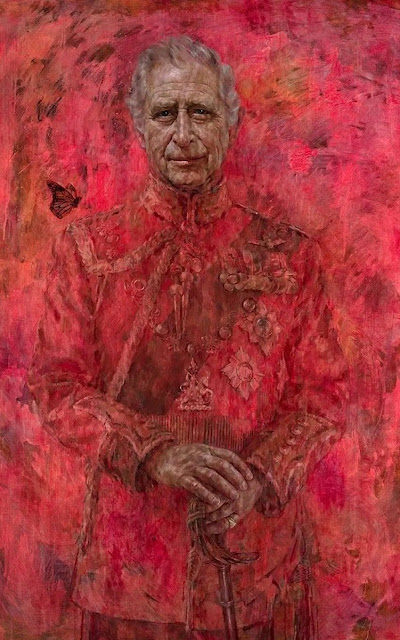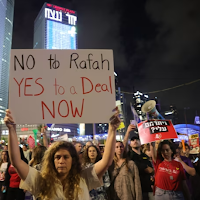I saw this film earlier this week at the cinema.
In my opinion, this installment (following on from the previous trilogy) was confused and a serious drop in quality.The underlying problem is that it is set too far in the future, and it took ages to get story going. The storylines seemed a bit confused and tenuous, at times. It’s unclear why the villain is so determined to break into the man-made underground bunker. It’s one of the many plot devices that we’re never really explained. So, the denouement feels sluggish.
The film’s protagonist is “Noah”, which I assumed would be Caesar’s son — as he seems to resemble him. However, it becomes v. clear that this film isn’t related to Caesar at all. The actual “kingdom” is surprisingly basic and primitive — notwithstanding an apparent and “serious” increase in the apes’ cognitive and linguistic abilities.
The final action scene utterly strains the film’s credibility. Despite many generations of neglect and decay, there were apparently groups of humans somewhere with a computerised ground crew? Why was the satellite card from the bunker so important? How did the woman know where to find it? Why couldn’t the human battalion have simply built or fashioned some alternative? And why does the young woman, after all her experiences, decide not to go inside the human bunkers at the end — but stand outside to observe things?
Also, I found the apes less relatable. I found it difficult to care about Noah at all, or his eagles.
I enjoyed the theme of the de-evolution of Caesar, and his ideas, into some quasi-religious esoteric movement. That was very interesting with parallels in Christian sectarianism and Marxist groupuscules. The Orangutan was probably the most fascinating ape. He was teaching Noah about Caesar’s ideas (which are only referred in brief). It would have been fascinating to have heard more of his teachings. But, we don't get that.
Lots of Avatar-like CGI with some amazing landscapes though.
Rating: 1/5 ★













